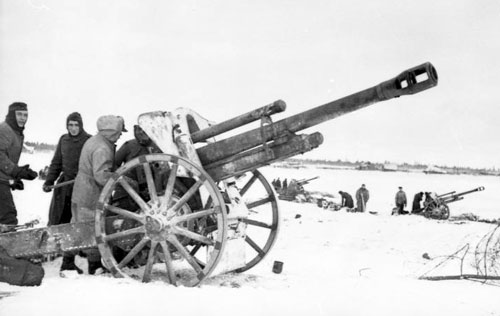Been quietly working away at my Russian Army for the Kapiti Wargames Club Armourgeddon Kursk Commemoration Battle coming up on 25 August.
IS-2s with undercoats still wet
Armourfast SU 85s (Left) and Italeri ISU 122s (Right) under construction
Winter Camo Whitewash T34/85
3 x KV1 variants
7 x IS-2
4 x T34-76
1 x T34-85
2 x SU -85
4 x ISU 122
Plus lend-lease from my Western Front allies army:
5 x Churchills, Umpteen Sherman M4 variants, 6 x Stewart M5, 4 Lee/Grants, Soft skin vehicles etc
I'm also continuing to work on the German IG 33s, above, survivors of Stalingrad, who saw action at Kursk, and surviving to cover the withdrawal back to Germany by 1945.
Very limited numbers were built, so a rather unusual (but welcome) kit from Armourfast. Eventually replaced by the Brumbaer and Sturmtiger these medium armoured assault guns were welcome in urban fighting and as infantry support.
Cossack unit also taking shape
Falschimjaeger champing at the bit
Gun crews and SS Krad fahrer (Motorcyclists) at the ready
Pioneer zug waiting to be based on 20mm FoW bases
Early and Mid-war Wehrmacht Heer lined up for their basing. Shoudl arrive any day by post - have ordered laser cut MDF bases from my regular supplier in Dunedin.
Through Autumn's Golden Gown we used to kick our way...
Russian weapons teams based, and being painted


























